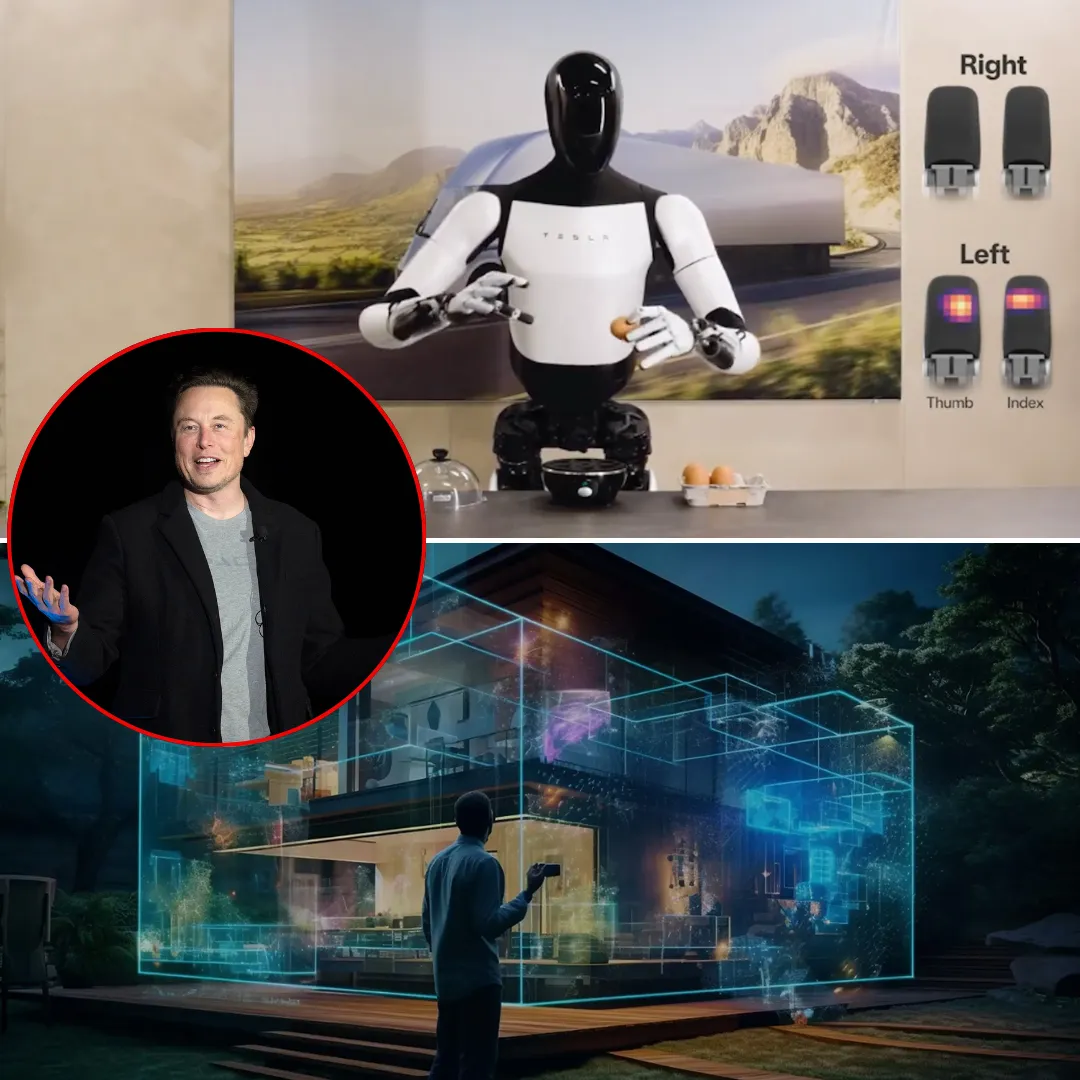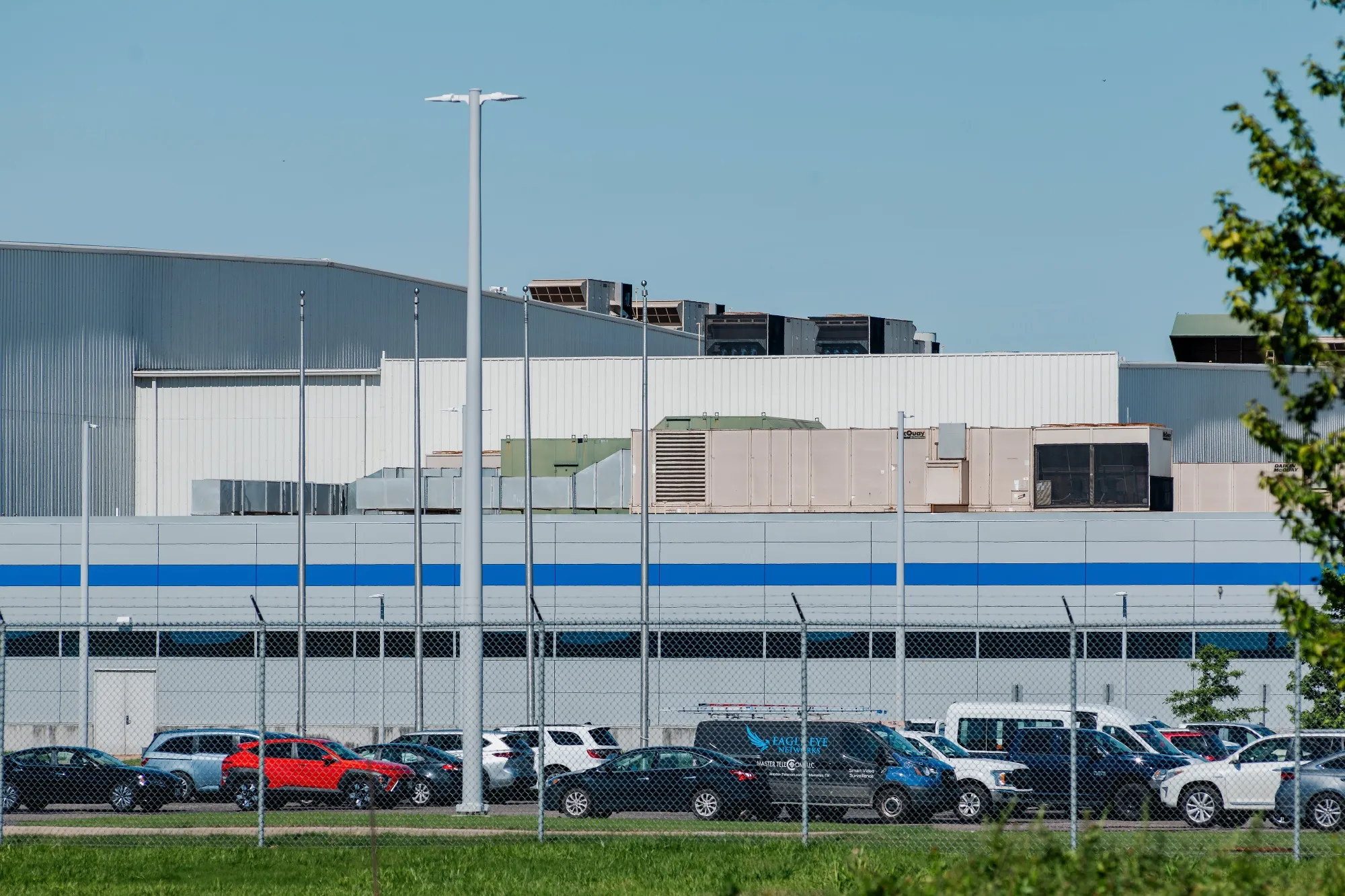
For most entrepreneurs, a power shortage means a temporary delay or a frustrating phone call to a utility company. For Elon Musk, it means your $400 million AI supercomputer—the one meant to train next-generation models to compete with OpenAI and reshape the future of cognition itself—sits idle while the grid panics.
Welcome to Memphis, Tennessee, the unlikely epicenter of one of the most ambitious, and most energy-hungry, AI projects in the world. Musk’s artificial intelligence company, xAI, is currently building what it promises will be the largest supercomputer cluster ever deployed for AI training.
With an expected one million GPUs humming in unison, this cluster is meant to power Grok 3, the third iteration of xAI’s chatbot and a direct competitor to OpenAI’s ChatGPT, Google’s Gemini, and other large language models chasing the throne of general artificial intelligence. But there's a problem. A very terrestrial one. Memphis doesn’t have the electricity.
Let’s take a step back. Musk’s xAI burst onto the AI scene as a challenger brand: one part philosophical manifesto, one part engineering blitzkrieg. It promised not only to create AI models that were smarter, faster, and more capable, but also to make them more truthful, more transparent, and less beholden to corporate interests or political agendas.
Grok, its flagship model, made headlines for its snarky personality and its unique ability to ingest real-time data from X (formerly Twitter), Musk’s social platform-turned-content experiment.
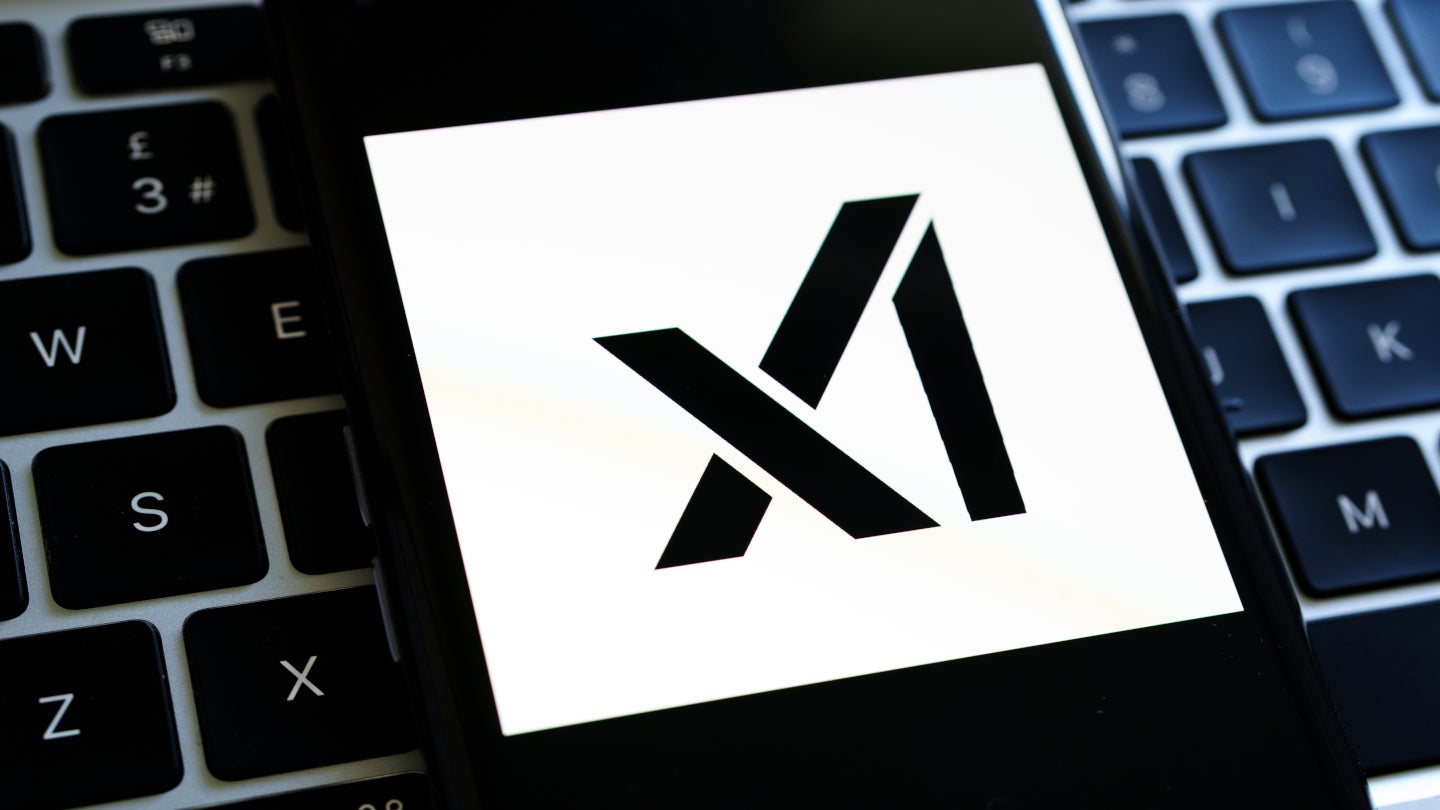
As of March 2025, Grok was drawing over 16.5 million daily visits—a meteoric rise that signaled growing traction and increasing public curiosity. To keep pace with this growth and to train more sophisticated models, xAI announced plans for an ultra-scale supercomputing facility in Memphis, involving a 100,000-square-meter site and infrastructure to support one million GPUs. The estimated energy demand? Over one gigawatt—roughly equivalent to the power used by a small city.
But Memphis Light, Gas and Water, the local utility provider, was not ready. The company approved only 150 megawatts out of the 300 megawatts requested in the initial phase, a figure that doesn’t even scratch the surface of what xAI will need at full capacity.
That shortfall has triggered a high-stakes scramble, with xAI now installing emergency generators powered by natural gas to temporarily boost capacity to at least 250 megawatts. Musk is not backing down. He never does. But behind the scenes, the tension between futuristic ambition and 20th-century infrastructure is starting to show.
Why Memphis? The choice was both strategic and symbolic. On one hand, Memphis offers proximity to major transportation corridors and large parcels of developable land—ideal for a data center footprint. On the other hand, it reflects a recurring pattern in Musk’s thinking: go where others overlook, bet on scale, and force the system to catch up.
Tesla’s Gigafactories followed this blueprint. So did Starlink. So did SpaceX’s presence in South Texas. It’s always the same formula—build first, dare the grid, regulators, and ecosystems to keep up.

But energy isn’t just a background cost anymore. It’s becoming the central bottleneck in the global AI arms race. Training a model like GPT-4 requires tens of thousands of megawatt-hours of electricity.
Multiply that by the dozens of frontier models now in development, and the emerging truth is inescapable: we are creating intelligence that demands more power than our current world can provide.
Memphis may be the first city to face this reckoning, but it won’t be the last. Across the U.S., utility providers are waking up to the reality that AI infrastructure is not like a traditional data center.
These clusters operate at higher densities, with more thermal waste, more unpredictable demand spikes, and—perhaps most importantly—more political pressure to be “always on.” A minor blackout might be tolerable in a suburb. In a supercomputer training run, it could destroy millions in compute value.
In response, the Tennessee Valley Authority (TVA), the federally owned corporation responsible for power distribution in the region, has announced a $16 billion investment in grid expansion. That number sounds impressive until you realize that AI's energy appetite is growing exponentially.
TVA may be adding capacity, but is it adding it fast enough to keep pace with Musk and his competitors? And more fundamentally, should energy infrastructure be redesigned around private AI ventures that didn’t even exist five years ago?
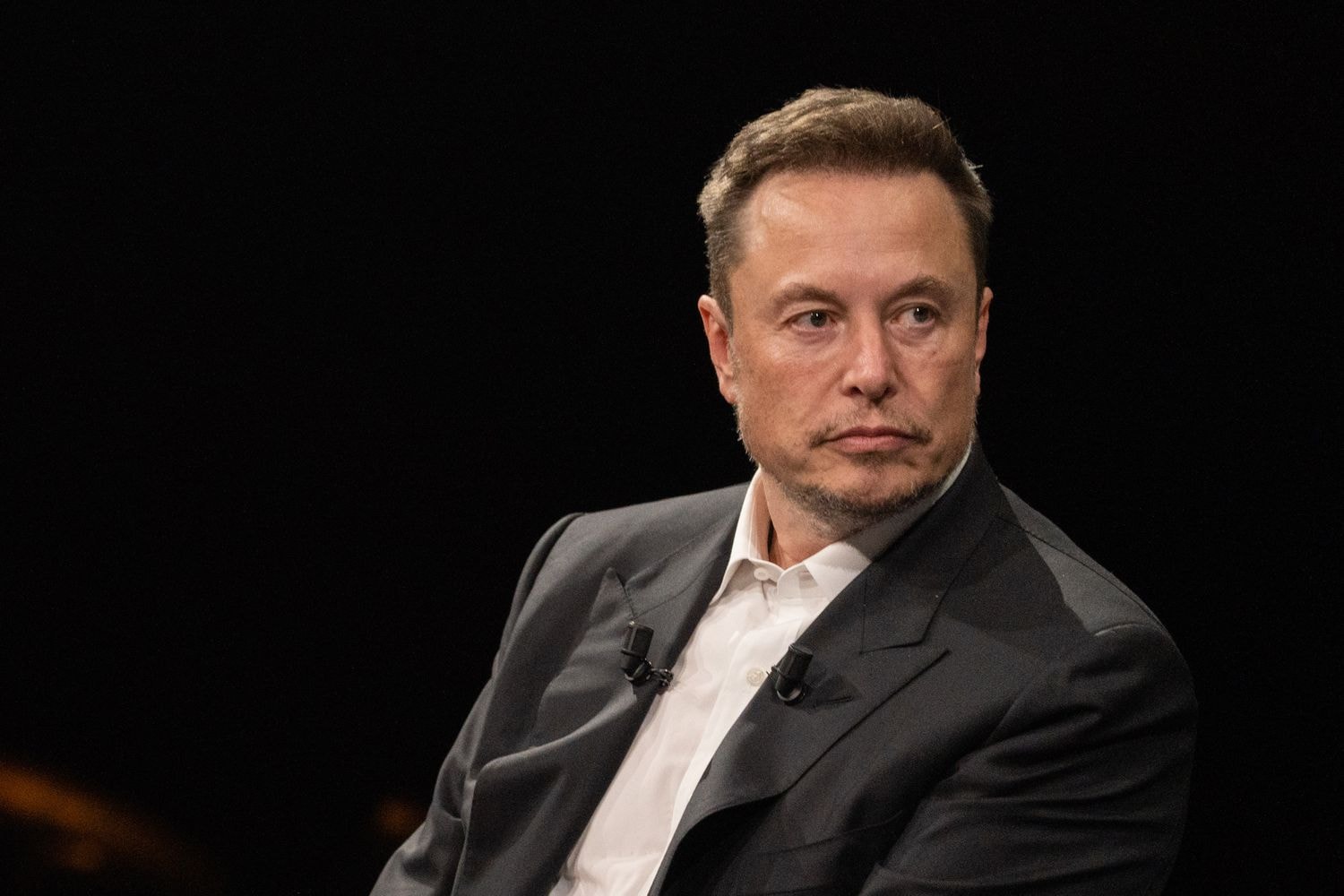
This is where Musk’s reputation begins to collide with public patience. While many celebrate his disruptive genius, others in Memphis—and in the broader energy policy world—are wondering aloud whether one man’s vision should override regional planning. Local officials have expressed concern that Musk’s project could strain an already aging grid, potentially raising costs or degrading service for everyday residents.
Environmental advocates are asking hard questions about natural gas generators being deployed as a stopgap. Economists are questioning whether the economic upside of 186 acres of GPUs outweighs the long-term systemic risk of overcentralized demand.
It’s not that people don’t want AI. They just don’t want the lights to flicker every time Grok decides to think harder.
The pushback isn’t stopping Musk. In March 2025, xAI quietly acquired an additional 186 acres of land in the southern corridor of its Memphis site, paying over $80 million in cash. The purpose?
More space for infrastructure, including the possibility of building xAI’s own power generation facility. Yes, Musk may now become a private utility provider in all but name—because if the grid won’t feed the AI, he’ll just generate his own electricity.
In a way, it makes sense. AI is not just a software product anymore. It’s a resource-intensive industrial process, like aluminum smelting or steel refining. It needs land, power, cooling, logistics, and redundancy. The cloud is not in the sky. It’s in Memphis. And it’s thirsty.

This convergence of AI and energy brings up deeper questions about the global trajectory of technology. As countries race to build sovereign AI capabilities, how many will hit the same wall as Memphis?
Will every nation need to revise its grid architecture to accommodate cognitive superstructures? What happens when training a new model becomes more politically complicated than launching a satellite?
Some believe this will lead to the rebirth of nuclear energy. Others envision a surge in microgrid deployments and corporate-sponsored power plants. But few doubt that we are on the cusp of a fundamental reckoning: for every breakthrough in machine cognition, there must be a matching leap in energy infrastructure.
And this is where Elon Musk, for better or worse, becomes the canary in the coal mine. If he can’t pull it off—with his money, his brand, and his relentless momentum—who can?
There’s also a paradox at play here. The very AI systems that promise to optimize energy use, manage grids more intelligently, and streamline power distribution are now the biggest threats to those same systems.
We are building machines that need to consume vast amounts of power to teach themselves how to save power. It’s an ouroboros of efficiency, and it’s only going to tighten.

For Musk, the energy wall is not a bug—it’s the next challenge to be engineered away. Just as he refused to accept that rockets must be disposable or that cars must run on gasoline, he refuses to accept that supercomputers must be capped by city limits or bureaucratic indecision. His entire ethos is to find bottlenecks and burst them open.
But bursting the Memphis grid may have consequences that go far beyond AI. It could provoke regulatory scrutiny, provoke community backlash, and raise new ethical questions about the privatization of essential infrastructure in the name of machine learning.
And yet, in typical Muskian fashion, the man is moving faster than the conversation. While governments debate policy, he’s laying cables. While activists write whitepapers, he’s installing turbines. While critics tweet, Grok trains.
The supercomputer isn’t just coming. It’s already humming.
And Memphis, whether it asked for it or not, is now the pilot city of a global experiment: what happens when the brain of the future demands more power than the heart of the present can give?
The answer, like so many Musk stories, won’t be simple. But it will be loud. It will be bright. And if the lights stay on, it might even be brilliant.
-1745135176-q80.webp)
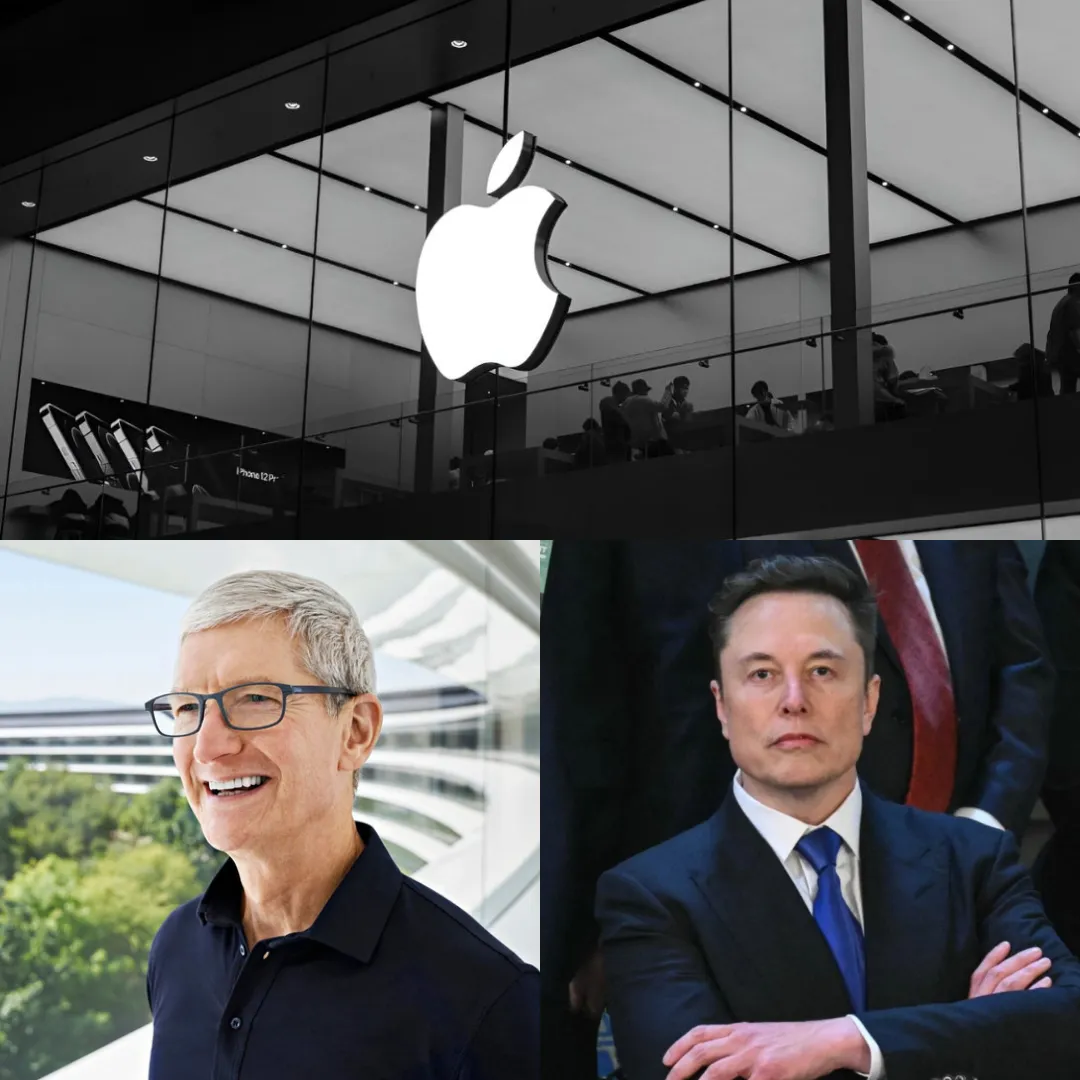
-1748248405-q80.webp)
